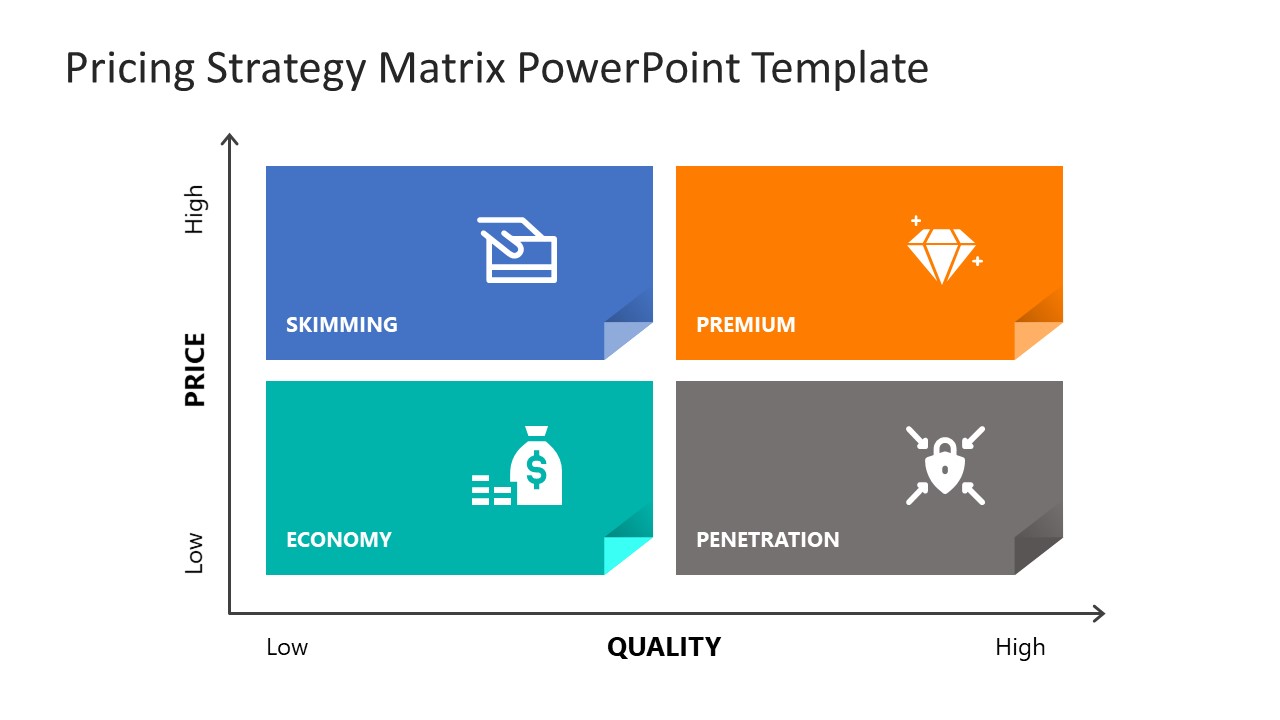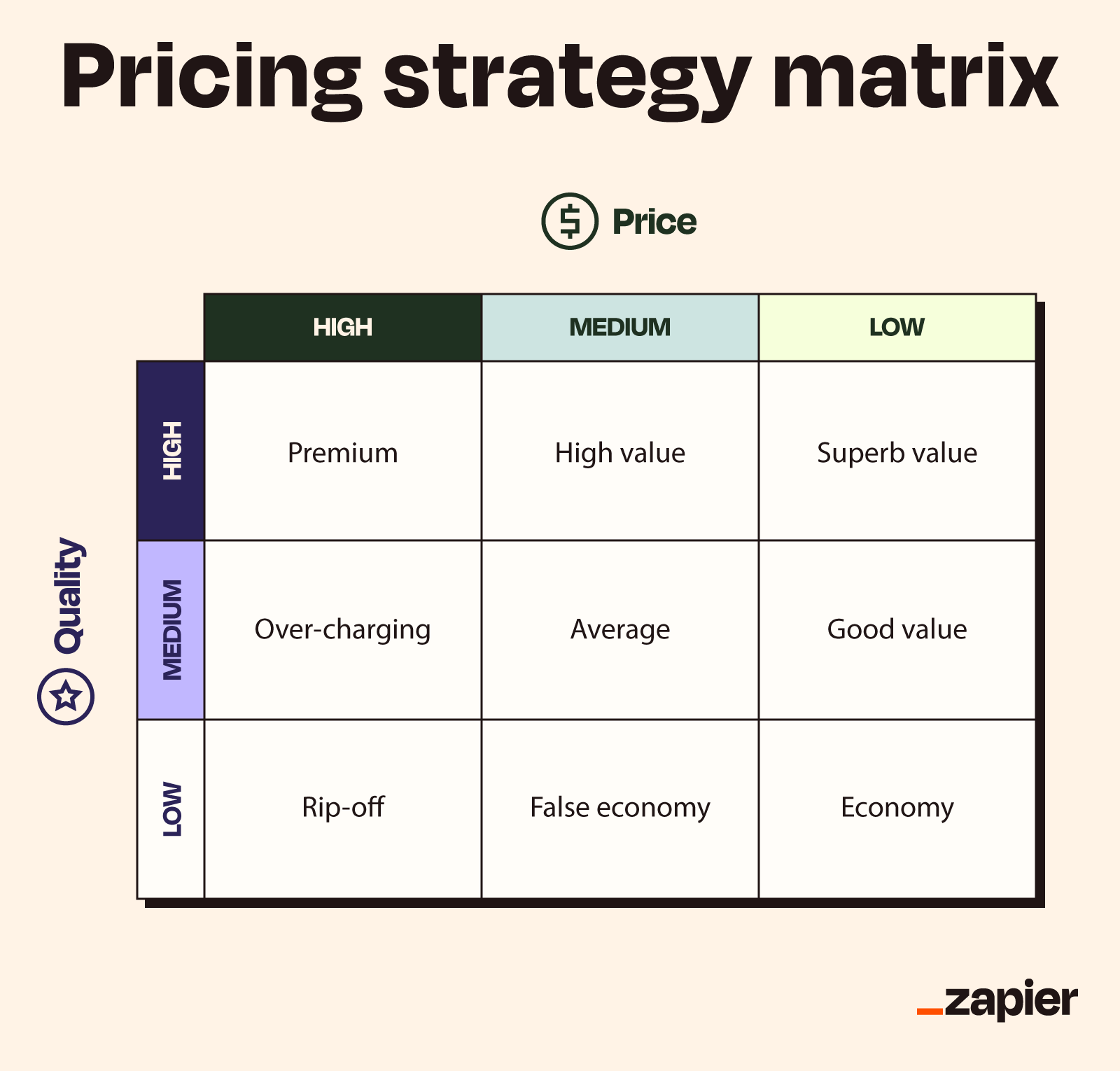Comprehending Consumer Behavior and Its Impact on Your Pricing Strategy
Comprehending Consumer Behavior and Its Impact on Your Pricing Strategy
Blog Article

Master Effective Pricing Methods to Make Best Use Of Profit
In the ever-evolving landscape of business, mastering effective pricing methods is vital for companies intending to optimize profit. A nuanced understanding of prices psychology can dramatically affect customer actions and purchasing choices. Using value-based and vibrant rates designs allows companies to adjust to market fluctuations and customer sentiment. The intricacy of competitor evaluation and ongoing performance analysis elevates vital concerns regarding the sustainability of these strategies. What details methods can be implemented to guarantee lasting success and client loyalty in this affordable atmosphere?
Understanding Pricing Psychology
Recognizing rates psychology is critical for businesses intending to enhance their pricing methods. This field examines just how consumers regard costs and exactly how these perceptions influence their investing in choices. Key ideas in pricing psychology consist of the anchoring effect, where the initial price provided works as a recommendation factor for customers, and the principle of rate level of sensitivity, which varies among different customer sections.
Additionally, companies can take advantage of the idea of perceived worth, where the viewed benefits of a product and services can warrant a higher price point. For example, costs pricing can create a mood of exclusivity, attracting customers that connect greater prices with remarkable high quality. On the other hand, psychological prices, such as establishing a price at $9.99 as opposed to $10, can substantially impact consumer behavior by making prices appear a lot more appealing.
Furthermore, scarcity and urgency can enhance the perceived value of items, prompting quicker buying choices. Understanding these psychological triggers makes it possible for companies to formulate rates strategies that not just drive sales yet also foster customer commitment. Thus, grasping rates psychology is important for reliable rates technique formulation, bring about boosted success and market positioning.
Applying Value-Based Rates

Next off, section your consumers based on their willingness to pay and the worth they regard. By doing so, you can tailor offerings and prices strategies to straighten with various sections.
After collecting insights, set rates that show the maximum amount a customer wants to pay, ensuring that they regard a reasonable exchange for the value got. Communicate the worth suggestion efficiently, highlighting the benefits and differentiators of your offering. Finally, continually keep track of market problems and customer comments to improve your rates technique gradually - Pricing Strategy. By implementing value-based rates, companies can enhance profitability while cultivating lasting consumer commitment.
Exploring Dynamic Rates Versions
In today's rapidly altering market landscape, dynamic rates designs have actually become an effective strategy for services looking for to maximize profits and reply to variations in demand. These models permit firms to change their rates in real-time based upon different elements such as consumer habits, market trends, and stock degrees. By leveraging information analytics and formulas, services can determine optimal pricing factors that make best use of sales while continuing to be competitive.
Dynamic prices can take various forms, consisting of time-based pricing, where prices rise and fall based on time of day or period, and demand-based rates, which readjusts prices according to existing consumer demand. This flexibility not only improves productivity yet also improves client contentment by offering rates that reflect real-time market conditions.
Executing vibrant prices requires a durable technological framework and a deep understanding of customer sections. Transparent communication regarding rates modifications can aid reduce customer dissatisfaction and foster trust, inevitably leading to sustained profitability in an affordable market.
Studying Competitor Prices
Monitoring competitor prices is crucial for businesses aiming to maintain an one-upmanship in their particular markets. By analyzing competitors' prices methods, business can recognize market patterns, comprehend consumer choices, click for more and change their pricing as necessary. This analysis entails gathering data on rivals' costs, promotional methods, and item offerings to notify pricing decisions.
To effectively analyze rival pricing, companies ought to use various devices and strategies, such as cost monitoring software program, market research reports, and client comments. This data can expose exactly how rivals place their services and products, permitting services to distinguish their offerings or embrace similar techniques to remain appropriate.
Additionally, it is essential to categorize competitors right into indirect and straight rivals. Direct rivals supply comparable product and services, while indirect rivals might meet the exact same client demand with different solutions. Understanding the nuances in between these groups will enable companies to tailor their prices strategies better.
Eventually, ongoing competitor rates analysis is important for making educated prices decisions. It allows organizations to stay active in reaction to market shifts, ensuring they can seize possibilities and alleviate threats associated with prices approaches.
Evaluating Pricing Efficiency
Comprehending exactly how competitor rates affects market dynamics brings about a natural emphasis on examining prices efficiency within one's very own business. This examination is essential for identifying locations of strength and possibilities for improvement, inevitably boosting productivity.

Furthermore, carrying out normal rates audits can reveal disparities in between expected and actual performance. This includes comparing rates data across different segments Look At This and channels to comprehend differences and identify patterns. In addition, incorporating client responses can supply insights into perceived worth versus real pricing, making sure placement with market expectations.
Finally, leveraging information analytics tools can promote deeper insights right into prices performance, enabling companies to make data-driven adjustments (Pricing Strategy). By consistently reviewing pricing performance, companies can adjust to market adjustments and maximize their strategies, guaranteeing sustained success in an affordable landscape
Conclusion
By leveraging rates psychology, services can enhance perceived worth and tailor prices to diverse client sections. The adoption of dynamic and value-based rates designs assists in real-time modifications based on demand and customer willingness to pay.
Understanding rates psychology is important for companies aiming to enhance their rates strategies. Understanding these psychological triggers makes it possible for organizations to develop pricing approaches that not just drive sales yet additionally foster consumer commitment. Therefore, mastering pricing psychology is crucial for efficient rates technique solution, leading to boosted productivity and Full Report market positioning.
By evaluating rivals' prices strategies, firms can recognize market fads, recognize customer preferences, and change their prices as necessary. By leveraging rates psychology, organizations can boost regarded worth and tailor prices to varied consumer segments.
Report this page